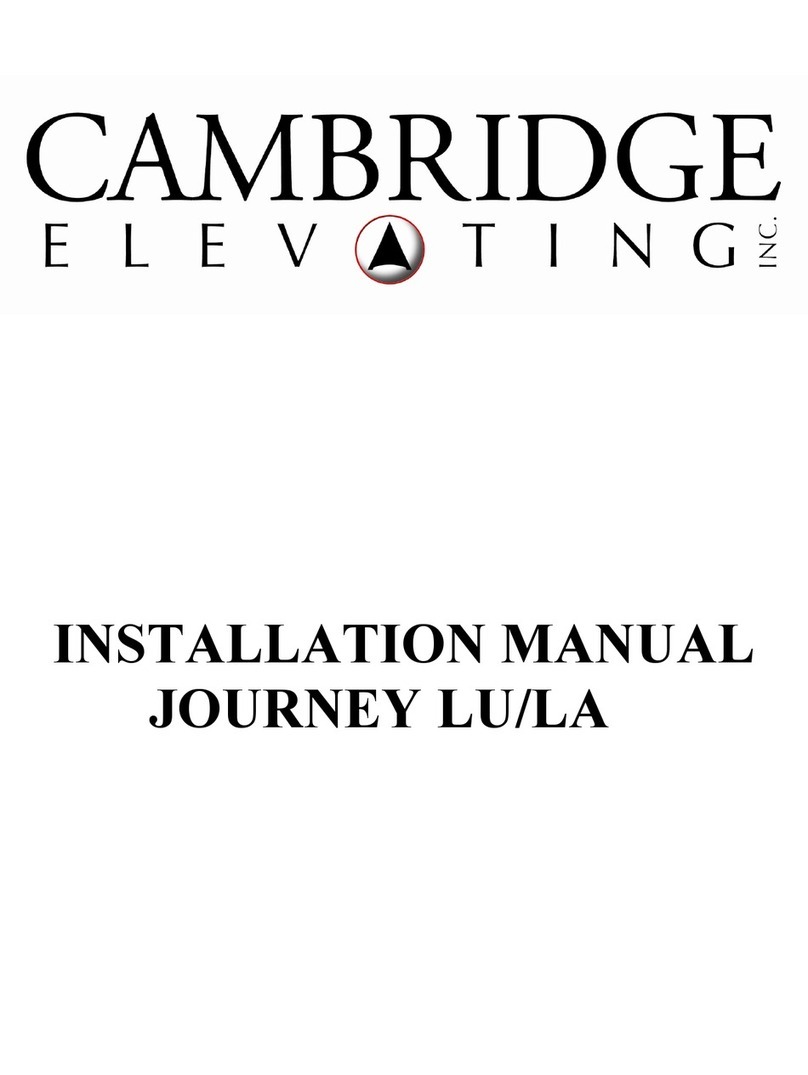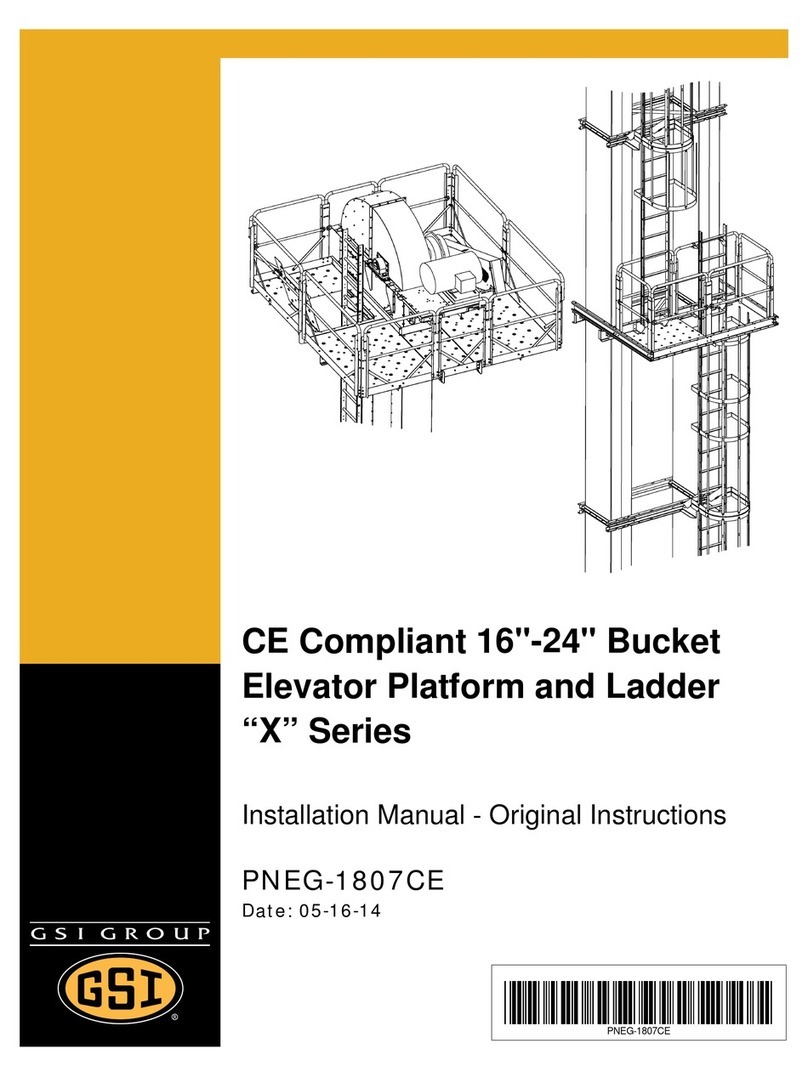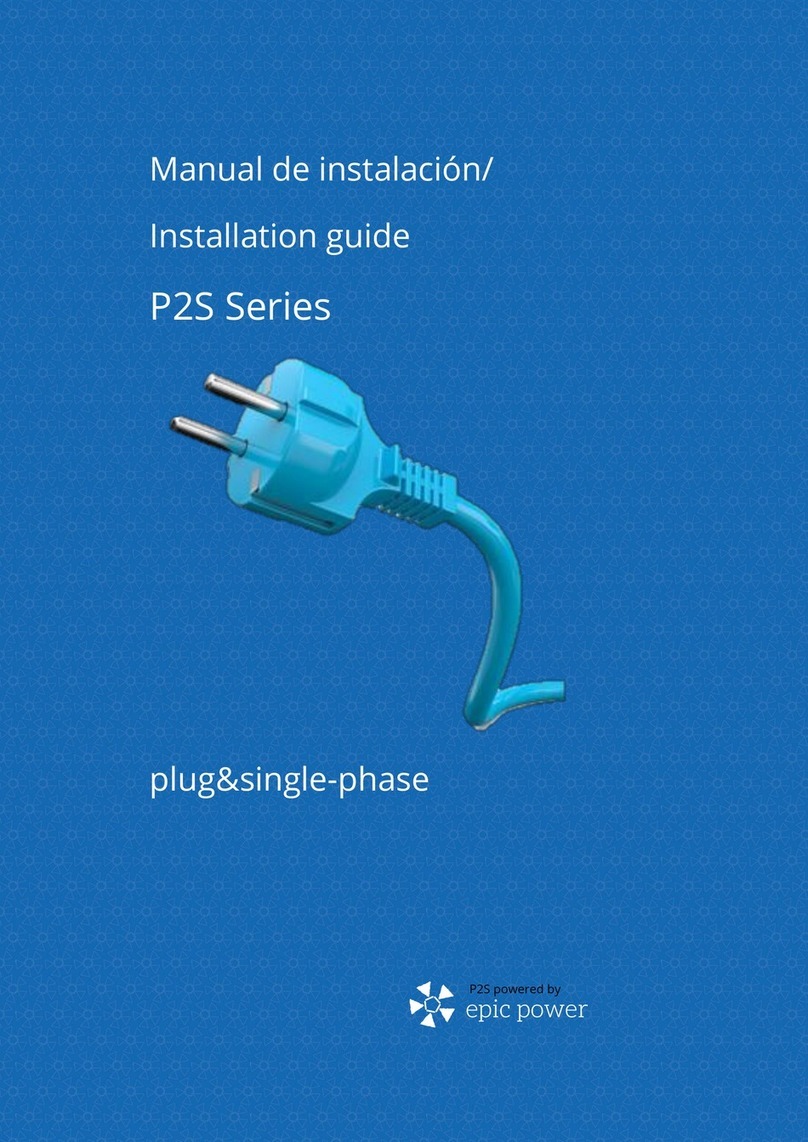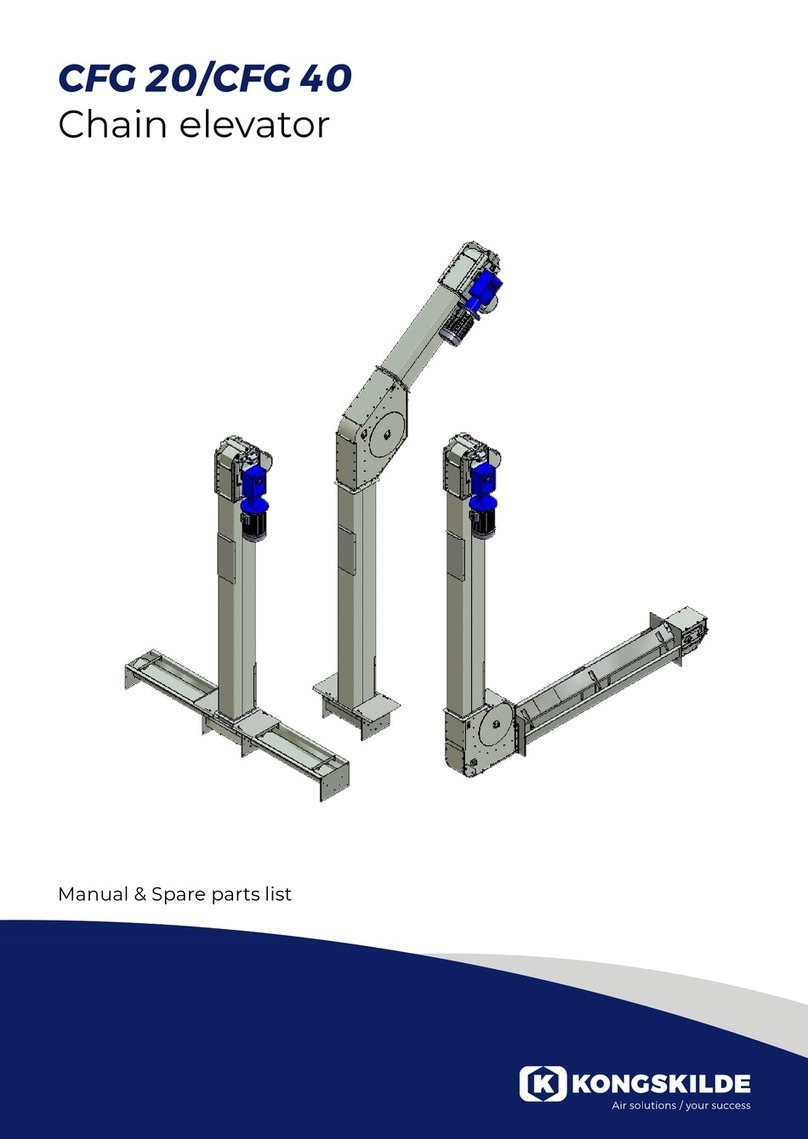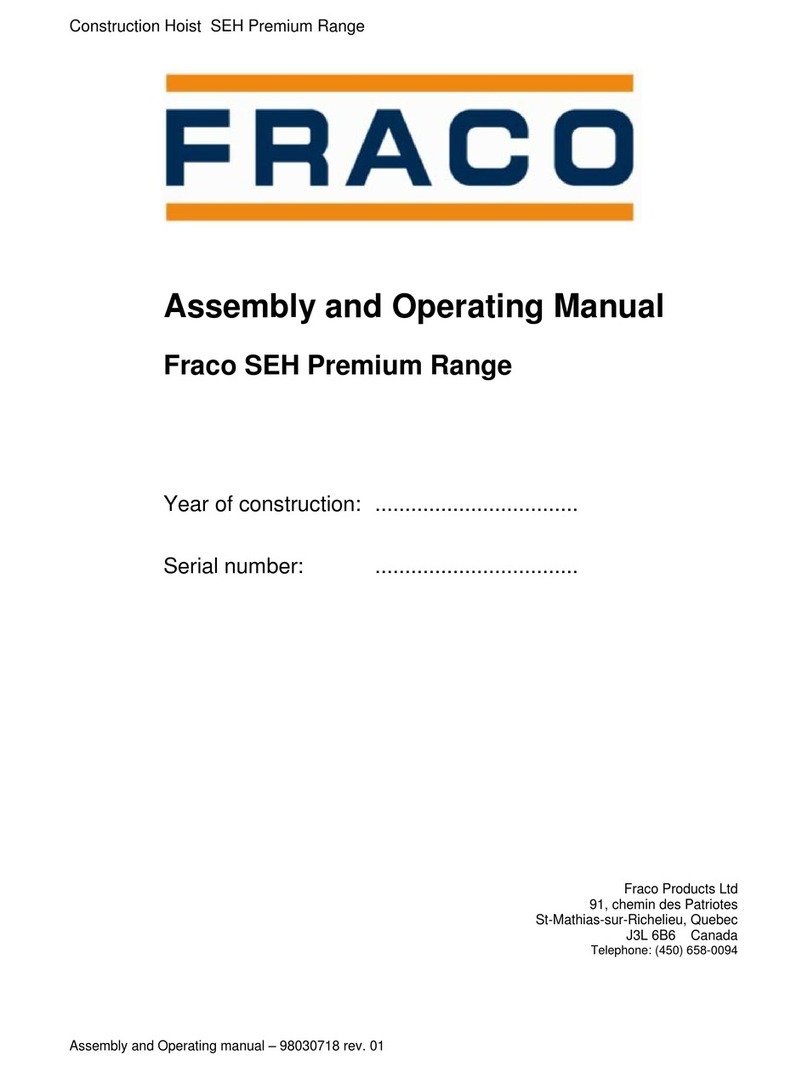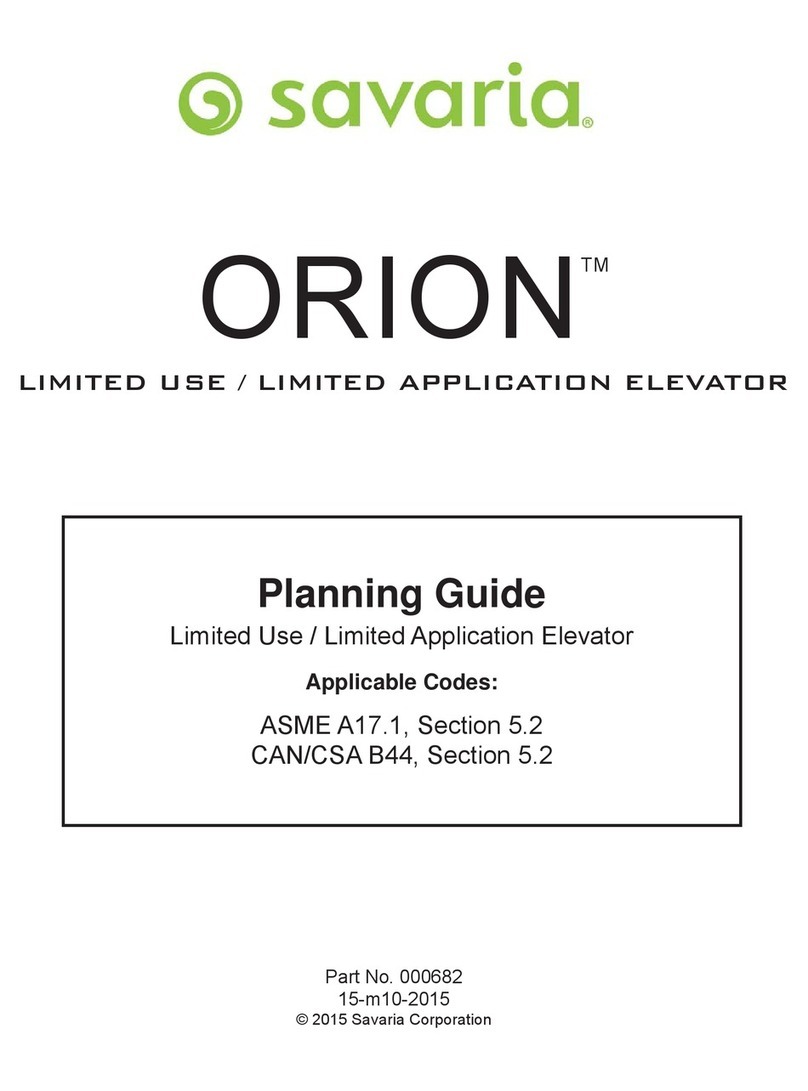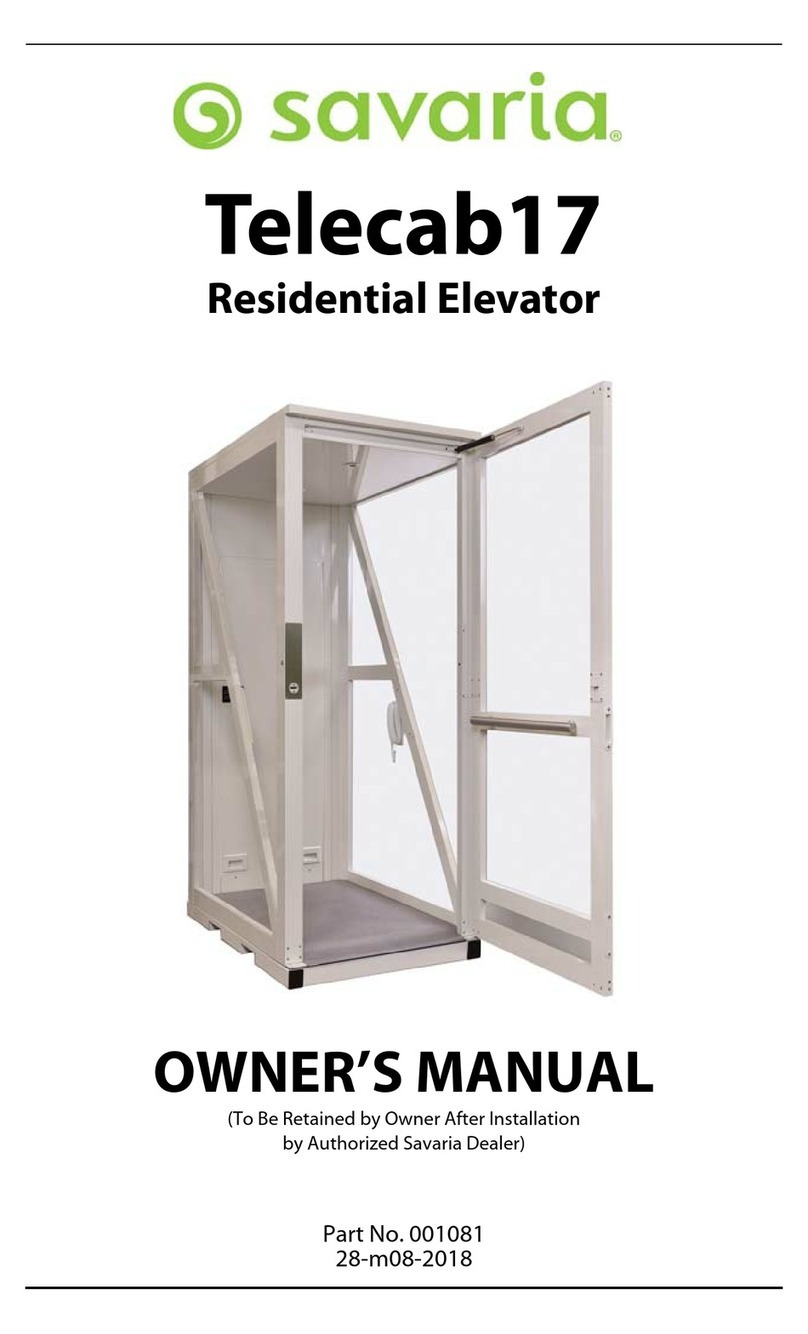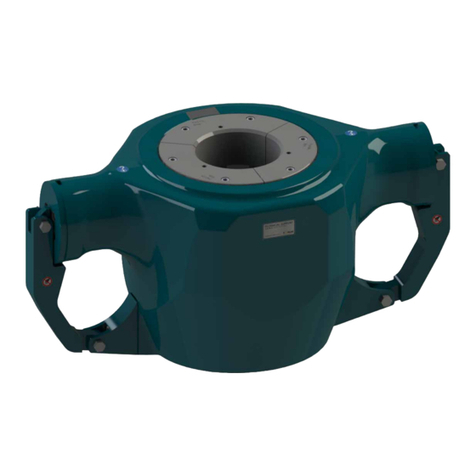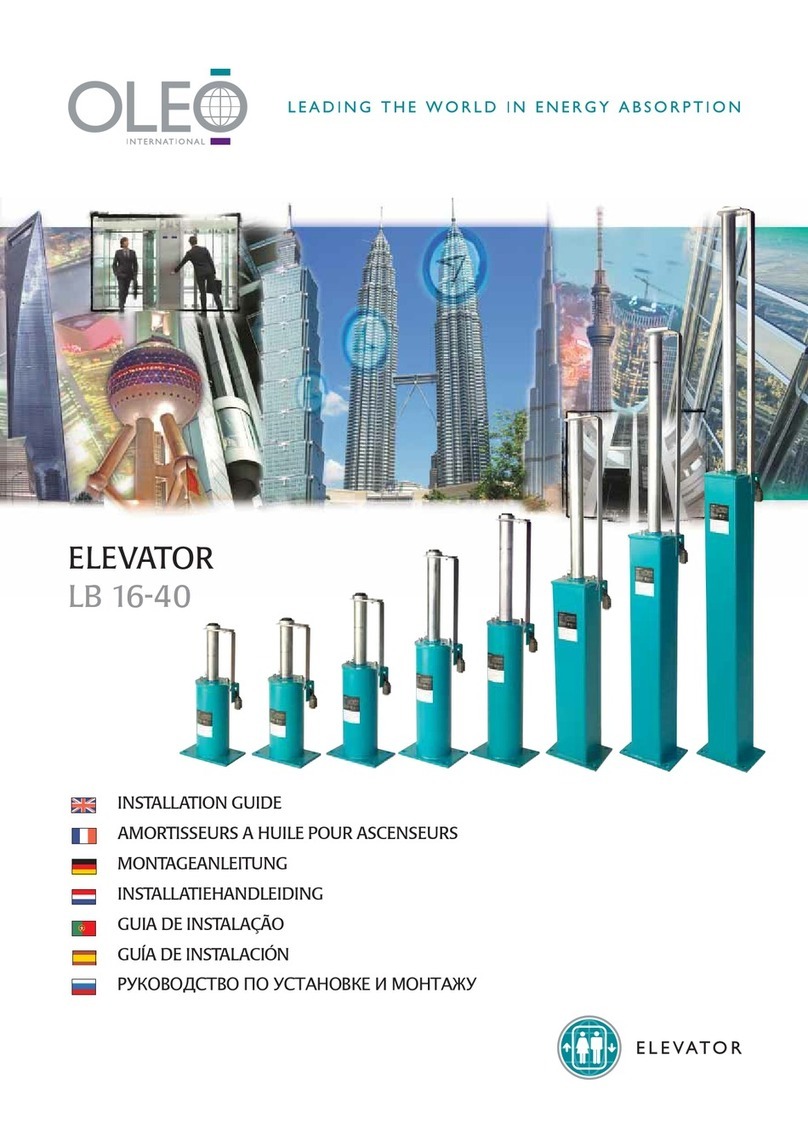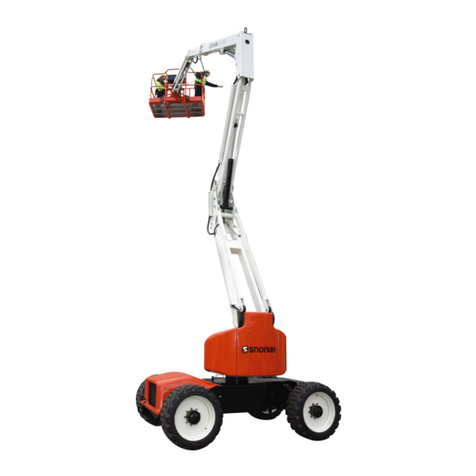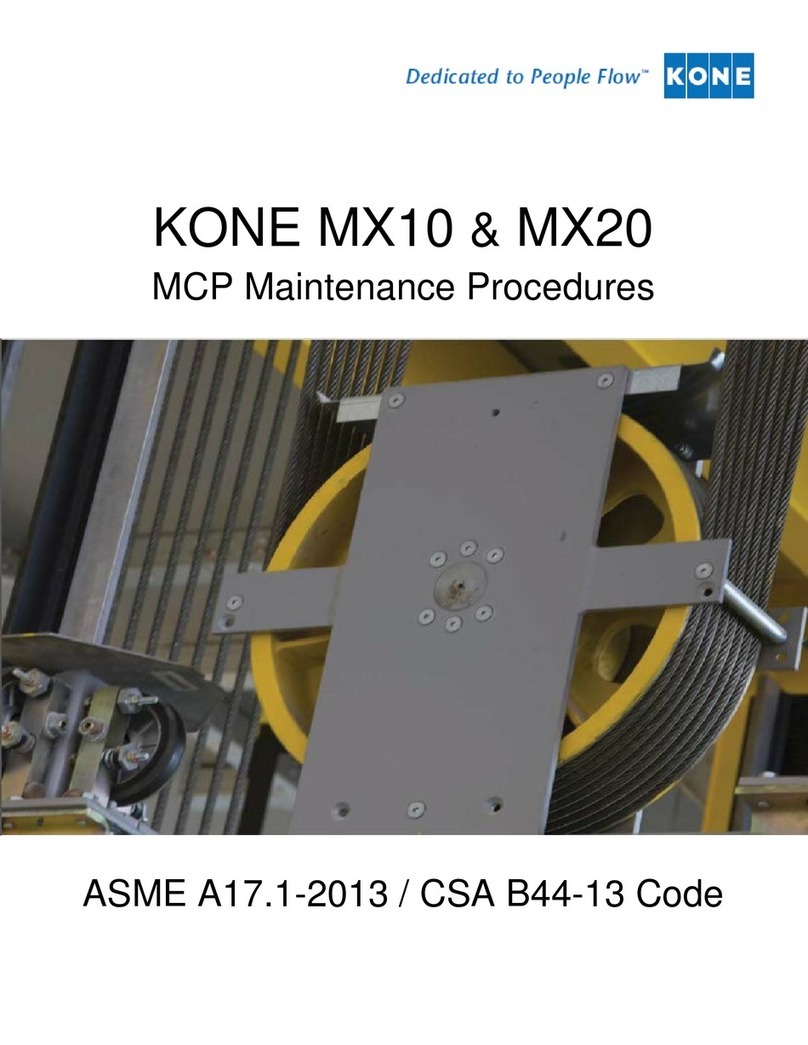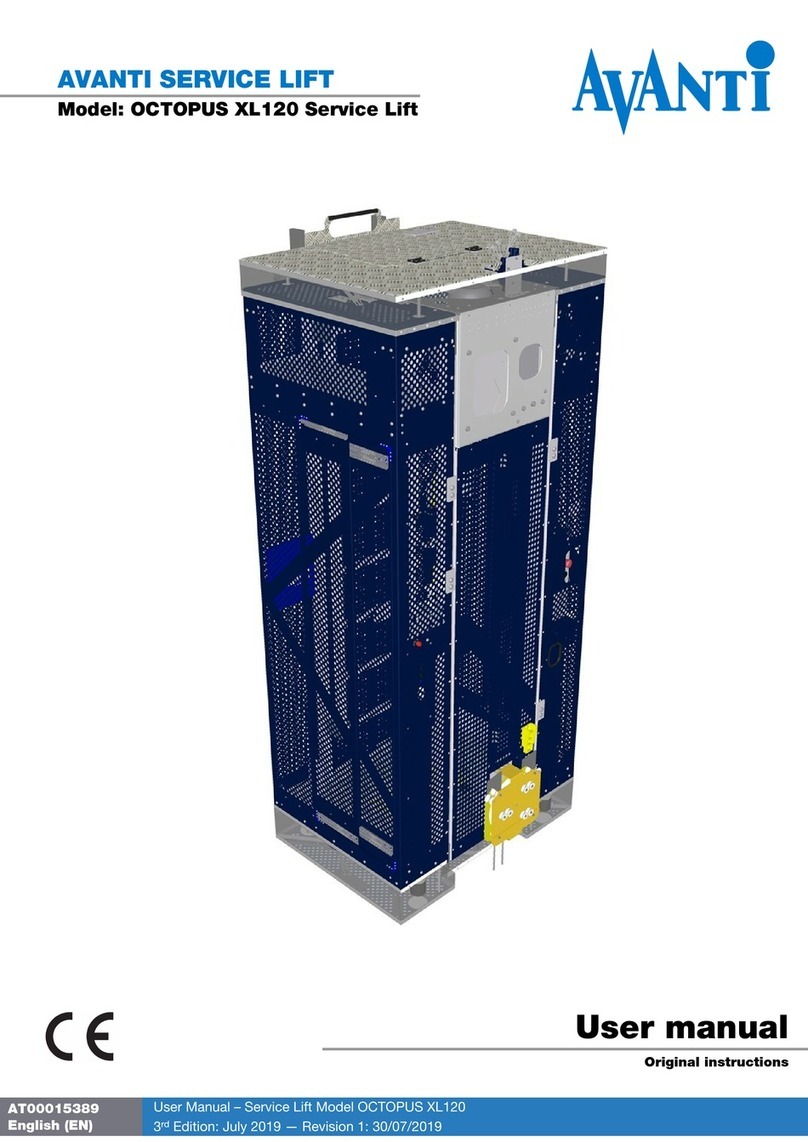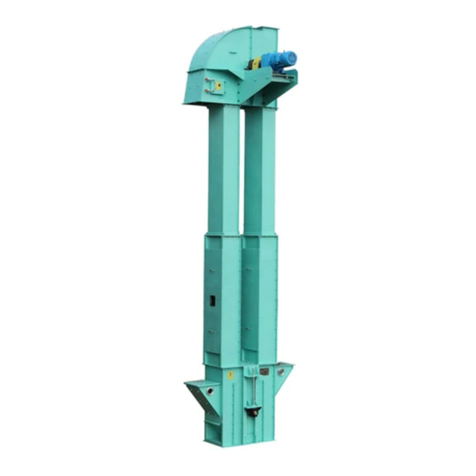SEP user’s manual Page 3 of 89 Doc no. RD-7243-MA-001-02
4.11. Documentation compartment........................................................................................................................ 33
5. Installation data................................................................................................................................................34
5.1. Types of bases............................................................................................................................................. 34
5.1.1. Base with adjustable jack legs: ........................................................................................................... 34
5.2. Foundation requirements.............................................................................................................................. 34
5.3. Local loads................................................................................................................................................... 35
5.3.1. Local loads for mast section 26" x 26" (0,65 m x 0,65 m).................................................................... 35
5.4. Anchoring and distribution............................................................................................................................ 36
5.5. Electrical connection (on site)....................................................................................................................... 37
6. Transport..........................................................................................................................................................38
6.1. Inspection upon delivery............................................................................................................................... 38
6.2. Loading and unloading of the machine......................................................................................................... 38
6.2.1. Lifting with a forklift............................................................................................................................. 38
6.2.2. Lifting with a crane.............................................................................................................................. 39
7. Operation..........................................................................................................................................................40
7.1. Notes and recommendations........................................................................................................................ 40
7.2. Operation safety instructions ........................................................................................................................ 41
7.3. Rules for guests ........................................................................................................................................... 41
7.4. Regulations for ground level workers............................................................................................................ 41
7.5. Platform loading and unloading .................................................................................................................... 42
7.6. Safety inspection.......................................................................................................................................... 42
7.7. Controls........................................................................................................................................................ 43
7.7.1. Main control panel (CC1).................................................................................................................... 43
7.7.2. Operator control box (CC2)................................................................................................................. 44
7.7.3. Ground box power supply (GC1)......................................................................................................... 45
7.7.4. Drop test remote control ..................................................................................................................... 46
7.8. Operation and using the machine................................................................................................................. 47
7.8.1. Before operating the plateform............................................................................................................ 47
7.8.2. Ascend ............................................................................................................................................... 47
7.8.3. Descend............................................................................................................................................. 48
7.8.4. Interruption and/or end of work ........................................................................................................... 49
7.9. Opening the doors........................................................................................................................................ 50
7.9.1. Opening the ground protection mesh door.......................................................................................... 50
7.9.2. Opening the tailgate............................................................................................................................ 51
7.9.3. Landing door opening......................................................................................................................... 56
7.10. Limit switches (level detector)....................................................................................................................... 57
7.11. Overload detector (optional)......................................................................................................................... 58
7.12. Emergency stop button................................................................................................................................. 58
7.13. Emergency descent procedure..................................................................................................................... 59
7.14. Centrifugal emergency brake activation........................................................................................................ 60
7.15. Using the derivation adaptor......................................................................................................................... 61
8. Faults; causes and corrections.......................................................................................................................62
8.1. Cabin was raised too high ............................................................................................................................ 63
8.2. Cabin was lowered too low........................................................................................................................... 63
8.3. The overload warning device was triggered (optional equipment only). ........................................................ 63
8.4. The centrifugal emergency brake was triggered ........................................................................................... 64


